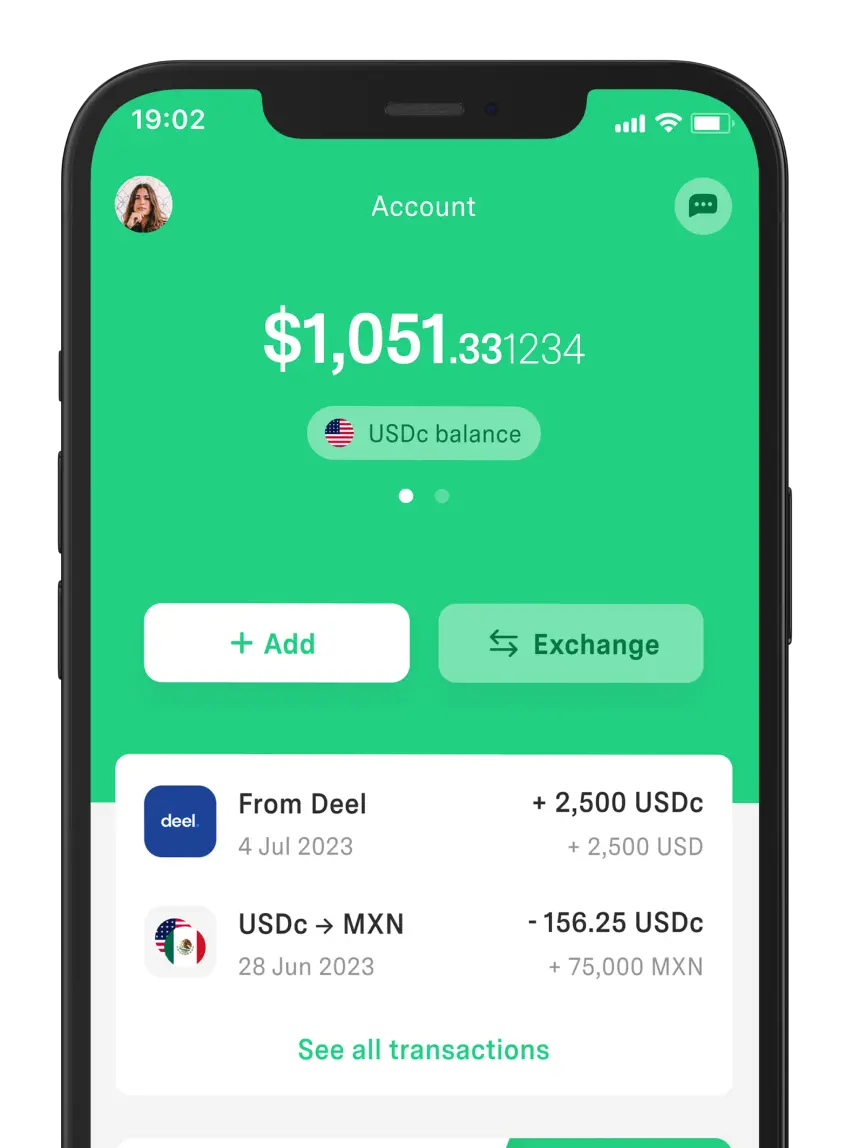 Your Money
Your Money Payment Receipt: What It Is, What It’s For, and How to Obtain It
A payment receipt is issued after purchases, transfers, or payments. Learn how to obtain a payment receipt and its uses.



Transferring money from one card to another online is a convenient option for sending funds in Mexico.
Additionally, the process can be carried out through online banking, ATMs, or mobile applications. However, this varies depending on the bank's policies and the type of card you have.
For this reason, we have created a simple guide on how to transfer money from one card to another and what aspects to consider. However, we will first explain the difference between a fund transfer and a bank transfer to avoid confusion.
The terms fund transfer and bank transfer are often used interchangeably in banking services due to their similarity, but they do not mean the same thing.
Fund transfer involves moving money between accounts within the same bank. It doesn’t matter whether they belong to the same account holder or different individuals, the key is that both accounts are within the same financial institution. This process is usually instantaneous and free of charge.
Bank transfer, on the other hand, refers to sending money between accounts at different banks. Depending on the bank and the method used, the transaction can take a few seconds or up to 24 hours, and it may incur fees.
So, the main difference lies in whether the accounts are in the same bank or different banks.
Having clarified both terms, let's talk about how to transfer money from one card to another. The process is like any other transfer: simple and possible through online banking.
However, transferring money from one card to another online is something that not all banks allow. If they do, the conditions they apply tend to vary among financial institutions. Therefore, it is also advisable to research what you need to do the bank transfer before starting the process.
That said, let's see how to transfer money from one card to another without an app:
1. Access your bank account. Go to the official website of your bank and log in with the required credentials.
2. Select the transfer option. Locate and choose the option that allows you to transfer funds.
3. Enter the recipient’s details. Provide the debit or credit card number of the recipient.
Depending on the bank, they may also request other details, such as the recipient’s full name or CLABE number.
4. Specify the amount and purpose. Enter the amount of money you want to send. Additionally, you can add a reference or concept to identify the transaction (optional or required, depending on the bank).
5. Confirm the transaction. Double-check that all information is correct before authorizing the transfer using your bank’s security methods, such as a mobile token or one-time password.
Note: If the transfer is between different banks, the fastest method is SPEI.
It should be noted that it is advisable to register the recipient before transferring money from one card to another over the Internet. In this way, the process will be faster.
In addition, some entities do not allow make bank transfers to be made shortly after registering the receiving account.
Yes, it is possible to transfer money from a credit card to a bank account. However, this depends on whether your bank allows this type of transaction, its specific conditions, and the available method.
If the service is available, the bank will likely ask for:
Cardholder’s name.
Credit card number.
Transfer amount.
Recipient’s card or account number.
Keep in mind that transferring money from a credit card to a bank account is not always instant. Additionally, it may be subject to fees and interest rates. The amount you can send is also limited by your available credit.
Some banks allow transferring money from a credit card to a debit card, while others do not offer this option.
For example, BBVA allows it through its mobile app or online banking.
Typically, the transfer is made from your credit line to a personal or third-party debit account. However, regardless of the bank, you should consider the following:
Transferring money from a credit card to a debit card is usually called a cash advance. This means you can withdraw the money and deposit it into another card, but this incurs fees and interest.
The maximum amount is subject to the available credit limit on your card and, in some cases, to a specific cash advance limit.
In addition to online banking and mobile apps, the process can be done at ATMs or bank branches.
So, before figuring out how to transfer money from a credit card to a debit card, consult your bank. This way, you’ll get more details about specific conditions, applicable fees, and associated interest rates.
Since steps vary between financial institutions, we’ll explain how to transfer money from one card to another at a Banamex ATM:
1. Insert your card into the ATM and enter your PIN when prompted.
2. On the main menu, select “Transfers and Payments”.
3. Choose “Transfer Between Accounts”.
4. Two buttons will appear—select “Transfer to Debit”.
5. Enter the recipient’s card number and the amount.
6. Verify that all information is correct and confirm the transaction.
7. Once completed, the ATM will generate a transaction receipt. Make sure to take and keep it for your records.
Remember, if the recipient's bank is different, the transfer may take longer and involve additional fees.
Do you frequently make international transfers through local banks?
We have a more efficient alternative with greater advantages for Mexican users—DolarApp.
This fintech is designed to send and receive money in digital dollars (USDc) without hidden fees.
The main advantage is its super simple interface for managing your money. Plus, you don’t need to be in the U.S. to access USDc account details.
How Much Does It Cost to Send Money with DolarApp?
3 USDc per transaction in digital dollars, regardless of the amount.
With the app on your device, you can:
Keep your balance in USDc.
Split bills with a friend.
Buy and sell digital dollars at a fair exchange rate.
Get a virtual or physical card for purchases in national and international stores.
The best part is that everything can be done easily and quickly from the app.

The world has borders. Your finances don’t have to.
 Your Money
Your Money A payment receipt is issued after purchases, transfers, or payments. Learn how to obtain a payment receipt and its uses.

 Your Money
Your Money Discover what an investment fund is and how it works to make your money work for you with the help of professional fund managers.

 Your Money
Your Money You can send money from Mexico to the United States through Walmart. Find out how to do it and what the costs are for using this service.


